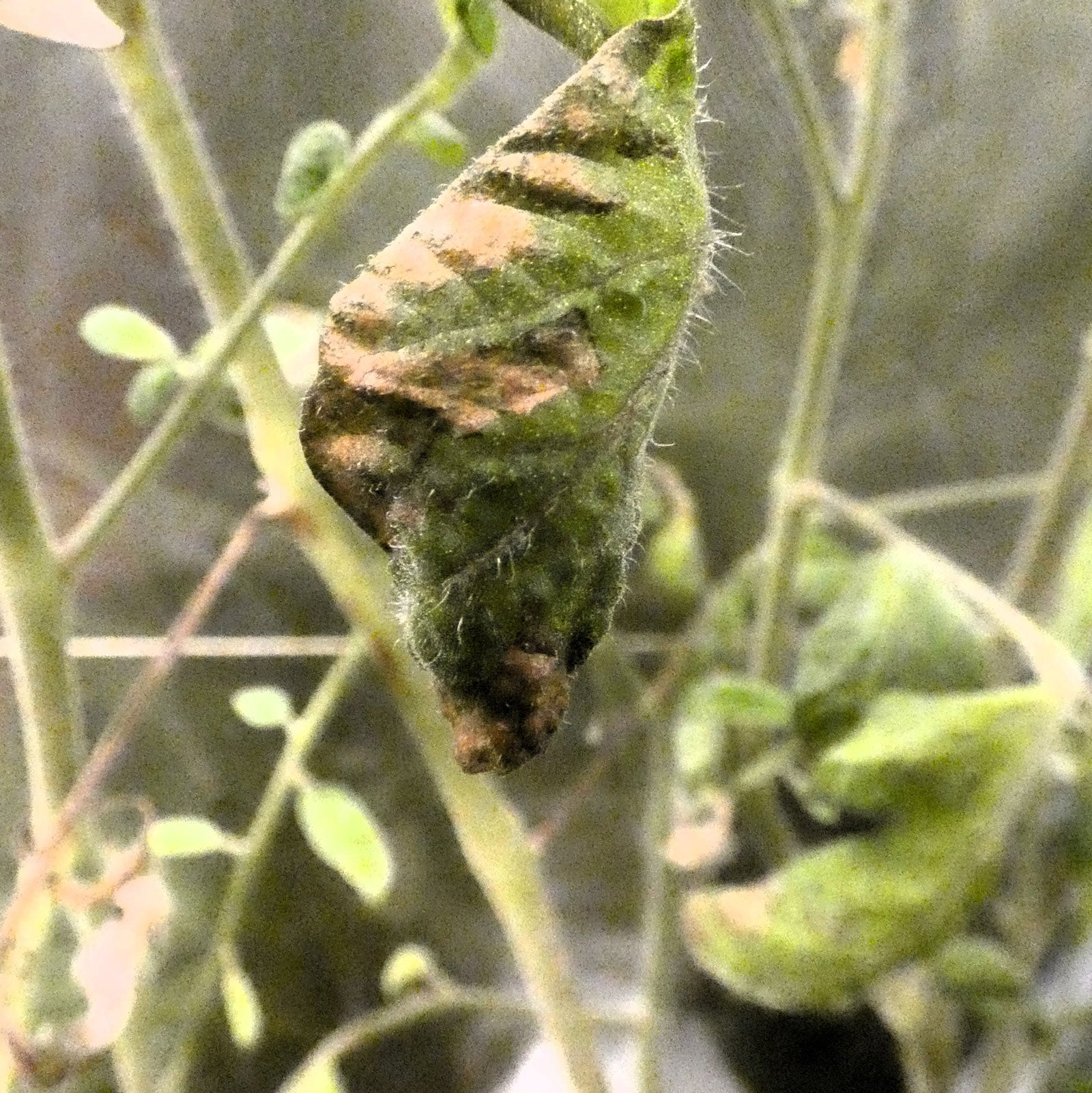What Is Botryosporium Mold: Treating Tomato Botryosporium Mold In Gardens


Botryosporium mold is a problem that can affect tomatoes. It is most frequently seen on plants that live in greenhouses or other protected areas. While it may look unappealing, this mold is not actually harmful to the plant or the tomatoes themselves. Keep reading to learn more about recognizing botryosporium tomato symptoms and treating botryosporium mold on tomatoes.
Tomato Botryosporium Mold Info
What is botryosporium mold? Botryosporium mold is a problem affecting tomato plants that is caused by the botryosporium fungus. There are actually two different fungi that can cause the issue: Botryosporium pulchrum and Botryosporium longibrachiatum. These two fungi can affect a wide range of plants. On tomato plants, botryosporium mold manifests itself as a thick collection of white to gray conidiophores, or thin filaments attached to the leaves and stems. It looks very similar to and is sometimes mistaken for gray mold (a different problem caused by the fungus Botrytis cinerea).
How to Treat Botryosporium Mold on Tomatoes
Tomato botryosporium mold is most frequently seen on tomatoes that are grown in protected areas, such as in greenhouses, in hoop houses, or under protective plastic. It often appears on wounds on the plant, such as stubs left behind after pruning or on spots where leaves have been stripped away or broken off. It may also develop in dead or decomposing leaves on the ground under the plant. The best form of treatment for botryosporium mold is increased air circulation. Luckily, it tends to clear itself up if the tomato plants are moved out into the open air as temperatures rise. Although the mold is unsightly, its presence has no serious repercussions, and it can usually be ignored and simply waited out.
Sign up for the Gardening Know How newsletter today and receive a free copy of our e-book "How to Grow Delicious Tomatoes".

The only child of a horticulturist and an English teacher, Liz Baessler was destined to become a gardening editor. She has been with Gardening Know how since 2015, and a Senior Editor since 2020. She holds a BA in English from Brandeis University and an MA in English from the University of Geneva, Switzerland. After years of gardening in containers and community garden plots, she finally has a backyard of her own, which she is systematically filling with vegetables and flowers.